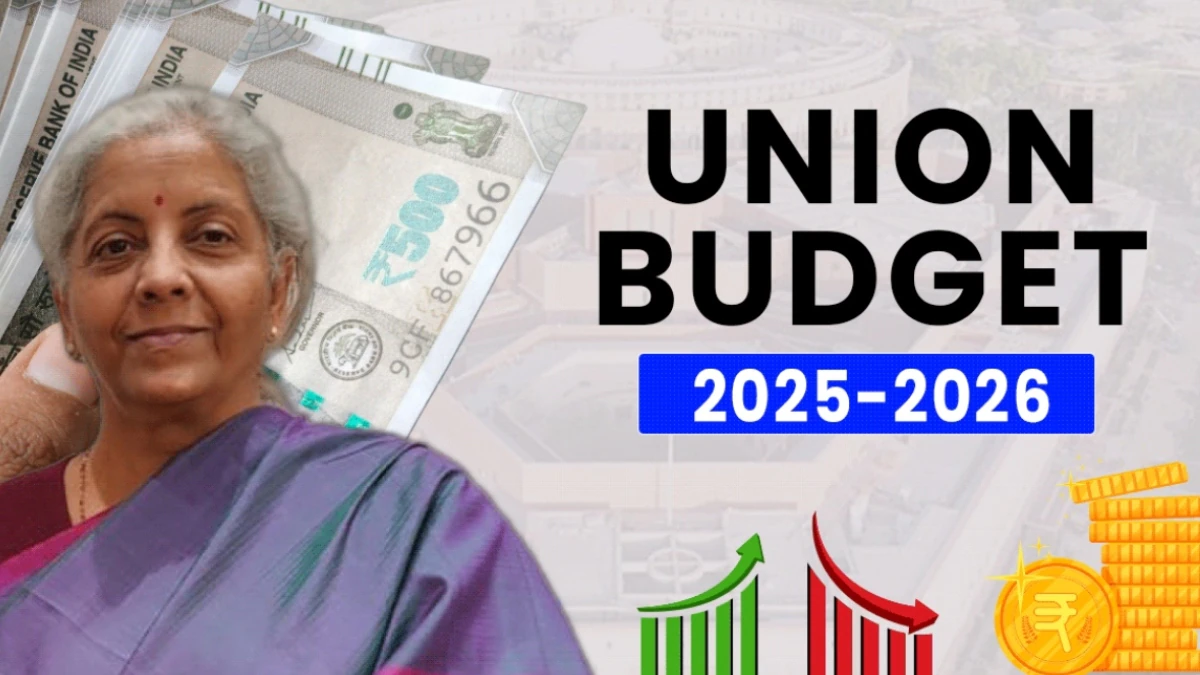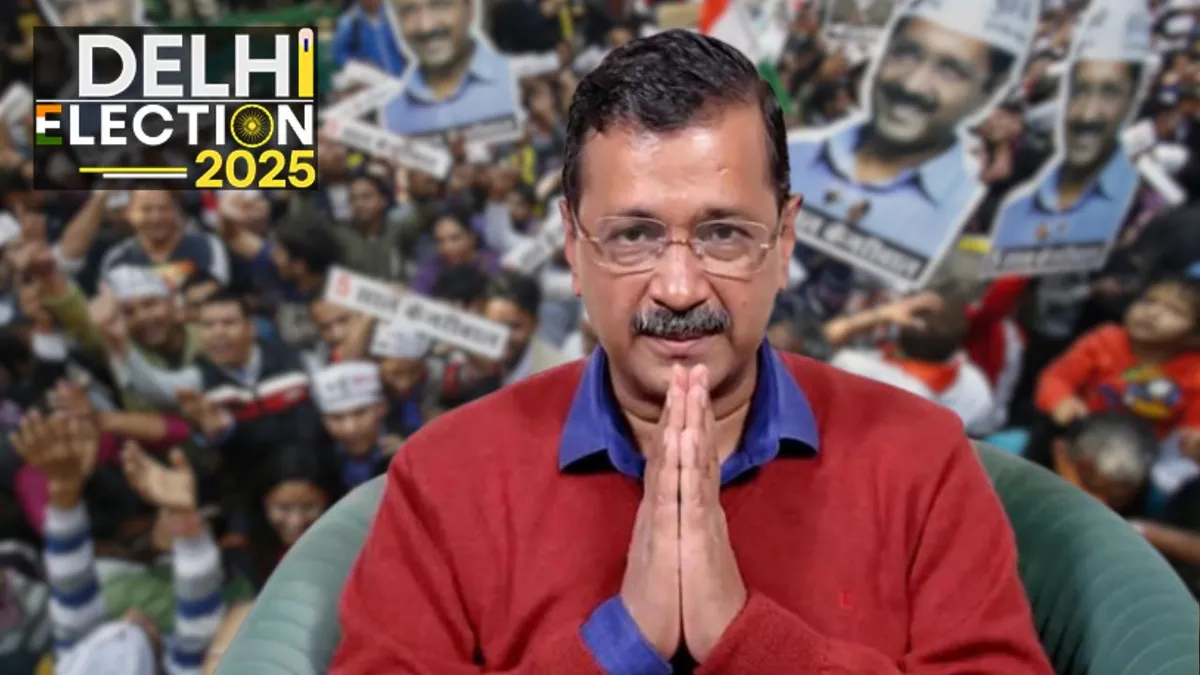
Nuvama’s Take on Union Budget 2025: Key Insights and Implications
The brokerage firm Nuvama has released its report on the Union Budget 2025-26, emphasizing the government’s attempt to balance fiscal discipline and economic growth amid a slowdown. The budget presents a strategic approach to maintaining financial stability while fostering demand, with key highlights including tax reductions and moderated capital expenditure.
Fiscal Discipline and Growth Strategy
Fiscal Deficit Target and Debt Reduction
The government has set a Gross Fiscal Deficit (GFD) target of 4.4% of GDP for FY26, down from 4.8% in the previous year. Nuvama’s report suggests that while the fiscal roadmap is optimistic, it remains aligned with the long-term goal of reducing India’s debt-to-GDP ratio by 6-7% by FY31.
Despite the government’s fiscal prudence, the brokerage firm highlights that public spending growth remains moderate, signaling a cautious approach towards large-scale investments.
Moderate Fiscal Impulse on Demand
The budget’s fiscal stance is mildly contractionary, with a modest boost to consumption but slower capex growth. While the government has prioritized tax relief, its allocation for capital expenditure has grown by only 10%, reflecting a conservative stance on infrastructure spending.
Core capital expenditure, including key sectors such as roads, railways, and defense, is projected to grow at just 3% YoY, the same as in FY25. This indicates a shift away from large-scale infrastructure projects and a focus on maintaining fiscal stability.
Tax Revenue and Fiscal Projections
Tax Revenue Growth
The government has forecasted a 10.8% YoY growth in gross tax revenue for FY26, slightly lower than FY25’s 11.2% growth. However, when factoring in the Rs 1 trillion income tax cuts, the expected growth rate increases to 13.4%.
Despite this optimistic projection, Nuvama raises concerns regarding economic slowdown and potential revenue shortfalls. The report highlights that:
- Direct taxes are expected to moderate to 13% growth in FY26.
- Indirect taxes are forecasted to grow by 8%, similar to FY25’s growth rate.
Impact on Consumption and Capital Expenditure
Consumption Growth vs. Slower Capex
While the budget includes measures to boost consumption, capital expenditure remains restrained. Total government spending is projected to grow by 7.4%, marking the fifth consecutive year of below-nominal GDP growth.
Infrastructure and Public Investment Trends
Nuvama notes that government expenditure in core sectors (such as roads, railways, and defense) will see only a 3% YoY growth. This indicates a slowdown in public investment, with the government shifting away from large-scale infrastructure projects.
Rural Spending and Social Schemes
Rural spending is expected to increase, primarily driven by the Jal Jeevan Mission. However, allocations for MNREGA and PM Kisan schemes remain largely unchanged, reflecting a measured approach to rural welfare initiatives.
Sectoral Outlook and Market Impact
Corporate Growth and Fiscal Tightening
From an equity market perspective, Nuvama suggests that fiscal tightening measures—including reduced market borrowings and slower capex growth—could create growth challenges for corporate sectors.
Preferred Sectors for Investment
Nuvama’s analysis indicates a defensive bias in portfolio strategies, favoring quality stocks in sectors that benefit from the budget’s policies. The following industries are expected to perform well:
- Consumption-driven sectors
- Private banks and insurance
- Chemicals and pharmaceuticals
- Telecom industry
Sectors Facing Challenges
On the other hand, industrials, metals, power, and PSU stocks may face headwinds due to slower capex growth and a weakening global economy.
Specifications Table
| Key Parameter | Union Budget 2025-26 Details |
| Gross Fiscal Deficit | 4.4% of GDP (down from 4.8%) |
| Debt Reduction Goal | 6-7% reduction in Debt-to-GDP ratio by FY31 |
| Tax Revenue Growth | 10.8% (projected) |
| Income Tax Cuts | Rs 1 trillion |
| Capital Expenditure Growth | 10% |
| Core Capex Growth (Roads, Railways, Defense) | 3% YoY |
| Direct Taxes Growth | 13% |
| Indirect Taxes Growth | 8% |
| Total Govt Spending Growth | 7.4% |
| Rural Spending Focus | Jal Jeevan Mission |
| Weaker Sectors | Industrials, Metals, Power, PSUs |
| Stronger Sectors | Consumption, Private Banks, Insurance, Pharma, Telecom |
Conclusion
The Union Budget 2025-26 reflects a delicate balance between fiscal discipline and economic growth. While tax cuts provide a boost to consumption, moderate capex growth signals a cautious approach to infrastructure investments.
Nuvama’s analysis suggests that sectors driven by consumption and regulatory ease stand to benefit the most, while industries reliant on heavy capex may experience slower growth. The budget’s fiscal prudence and focus on economic stability set the tone for the coming fiscal year, shaping investment strategies and market trends.
As the economy navigates global uncertainties and domestic challenges, the impact of these budgetary measures will unfold in the months ahead. Investors and businesses must stay adaptable and align their strategies with the evolving financial landscape.







